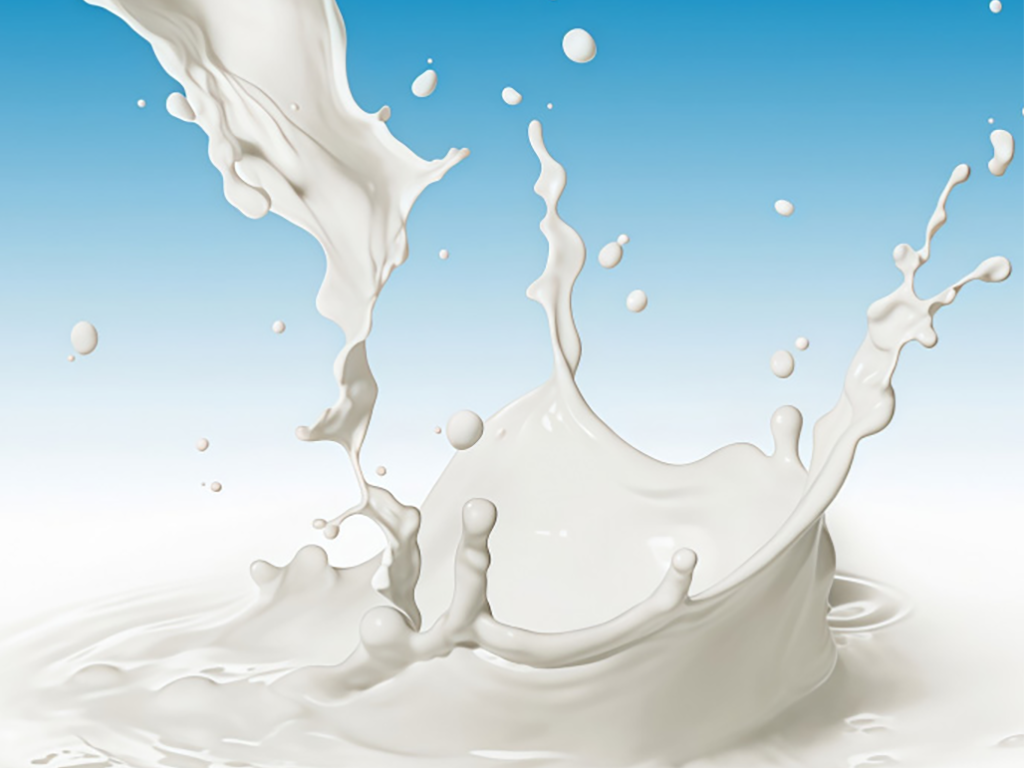The octyl acrylate production process involves esterification of acrylic acid with octanol, followed by purification, to produce a high-purity monomer suitable for industrial applications. The process begins with raw material preparation: acrylic acid (≥99.5% pure) and octanol (≥99% pure) are mixed in a reactor in a stoichiometric ratio, often with a slight excess of octanol to drive the reaction. A catalyst—typically sulfuric acid, p-toluenesulfonic acid, or a solid acid catalyst—is added to accelerate the esterification reaction, which occurs at 80-120°C under reflux conditions. Water, a byproduct of the reaction, is continuously removed using a Dean-Stark apparatus to shift the equilibrium toward octyl acrylate formation, increasing yield. After completion, the crude mixture undergoes neutralization with a base (e.g., sodium carbonate) to remove residual acid, followed by washing with water to eliminate salts and unreacted octanol. Purification is achieved through fractional distillation under reduced pressure to separate octyl acrylate from remaining impurities, resulting in a product with ≥99% purity. Inhibitors (e.g., hydroquinone monomethyl ether) are added to prevent premature polymerization during storage and transportation. Advanced production facilities, like those used by E Plus Chemical Co., Ltd., employ fully automated control systems to monitor temperature, pressure, and reactant ratios, ensuring consistent quality and high yields, with integrated wastewater treatment to minimize environmental impact.
